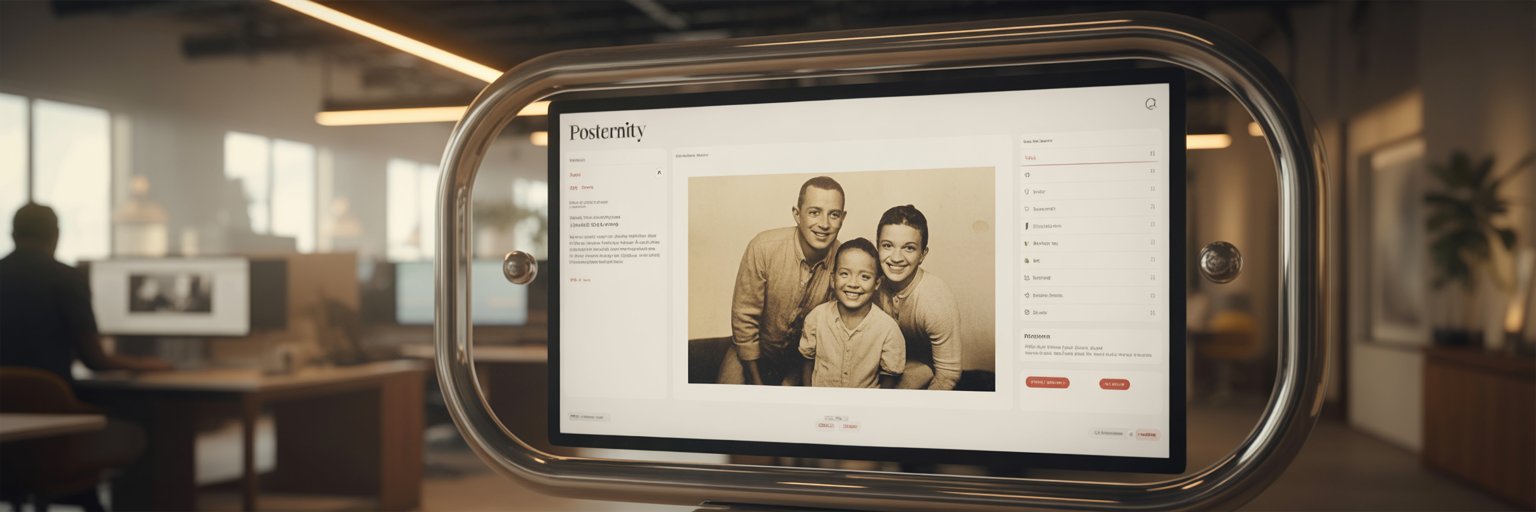Prompting Guide
How to Write Better Prompts with Posternity
Posternity uses plain, natural language to understand your visual requests. There are no hidden codes, weights, or advanced flags to tweak — just describe the image as you would to another person.
🧠 Key Principles
- No weighted prompts
- You can’t assign importance using things like
::1or parentheses — simply describe what matters most first in your sentence. - No technical flags or codes
- Posternity doesn’t use parameters like
--ar,--v, or--style. Just write naturally. - No hex codes or RGB values
- Instead of
#E4BC73, say “golden yellow”, “soft peach”, or “warm beige”. Descriptive color language works best. - Order matters
- The earlier a subject appears in your prompt, the more weight it’s likely to carry. Put your most important subjects and ideas up front.
🌍 Multilingual Support
You can write prompts in many languages, but English yields the most consistent results — especially when your image includes text. Non-Latin scripts (like Arabic, Chinese, Cyrillic) may not render accurately.
Using Posternity’s Magic Prompt will automatically translate and enhance your prompt in English.
✨ Style Tips
While short, tag-like prompts (e.g., “old photo, winter, snow, cabin”) may work, Posternity’s AI performs better with full sentences or structured phrases. Think about how you'd describe the image to a friend:
✅ “A vintage photograph of a snowy mountain cabin at sunset, soft film grain, warm golden tones.”
Well-structured language helps the model understand context, composition, and relationships in your image.
✅ Prompt Examples
- “A black-and-white portrait restored in soft color, 1940s style, with vintage clothing and a blurred city street in the background.”
- “Two children playing near an old stone fountain in spring, watercolor illustration style, pastel colors.”
- “A historical family photo reimagined as a magazine cover from the 1970s, bold text, retro graphics, bright colors.”

